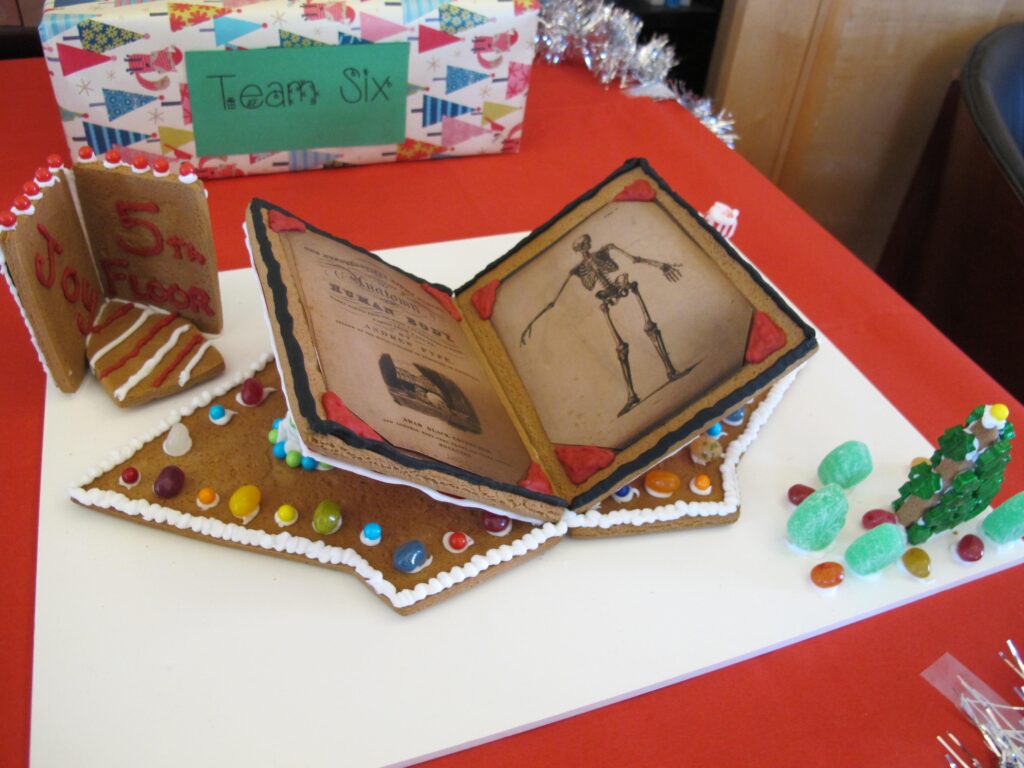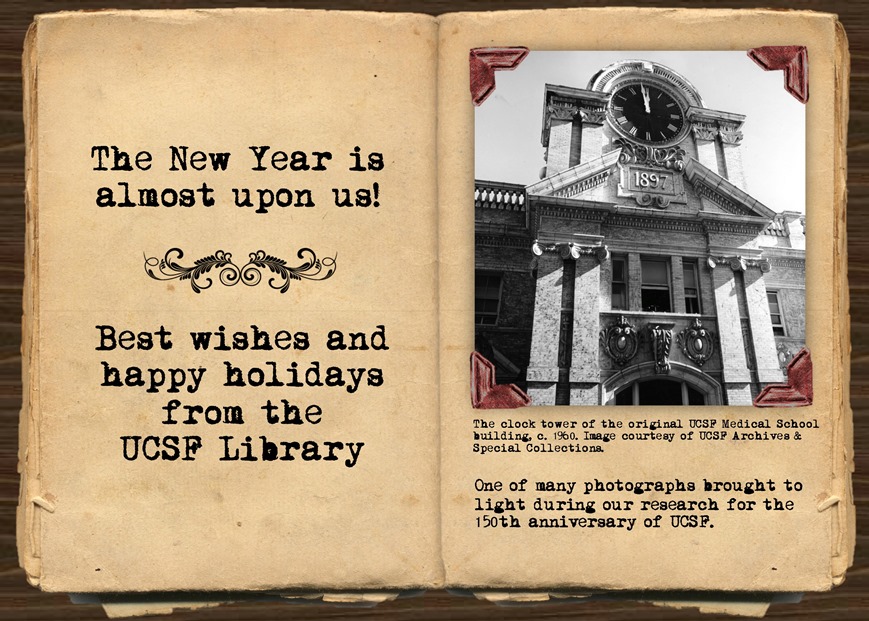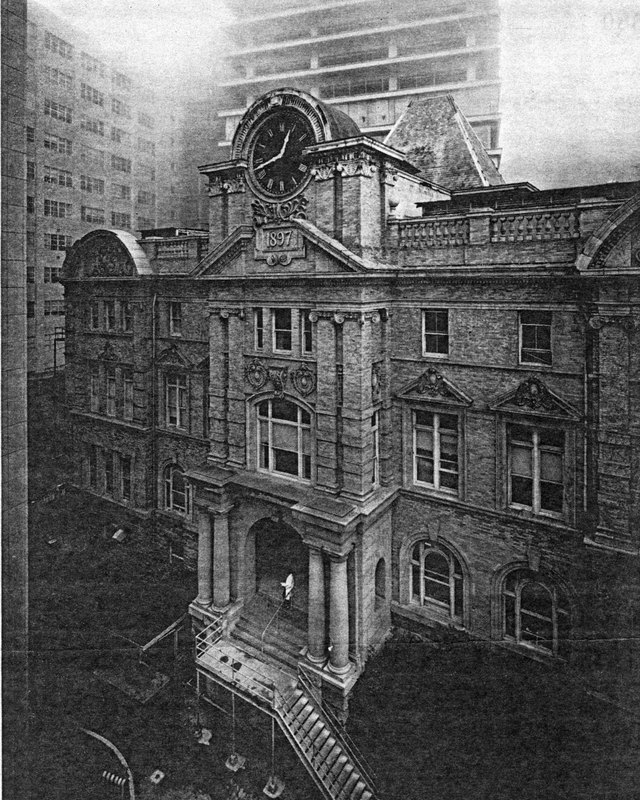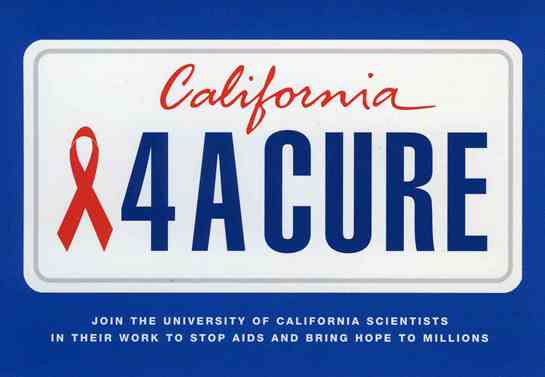In preparation for UCSF’s 150th anniversary celebration exhibits, we’ve been doing a bit of exploring in the vaults. For the next several months, I’ll be posting some of the treasures we’ve discovered!
In 1938, UCSF pediatrician Mary B. Olney founded the first wilderness camp in California for children with diabetes. Unlike many of her contemporaries, Dr. Olney believed that diabetic children could live active, healthy lives through proper disease management. Dr. Olney, known as “Doc” to her young patients, provided a fun, supportive space and encouraged campers to take control of their health. Bearskin Meadow Camp is still active today thanks in large part to the tradition of care and empowerment fostered by Olney.

Dr. Mary Olney on a hike, ca. 1940. MSS 98-64, box 1, folder 6
Dr. Olney graduated from UCSF in 1932. She completed her training in pediatrics at San Francisco General Hospital and was later appointed Clinical Professor of Pediatrics at UCSF. At the time of her death in 1993, Olney had served the UCSF community for over fifty years.

A camp postcard filled in by Dr. Mary Olney while at Bearskin Meadow. It is addressed to her father, 1961. MSS 98-64, box 1, folder 27
Olney’s first group of campers attended a two-week session at Los Posados in Napa County. The camp eventually developed into Bearskin Meadow, a permanent campsite located near Kings Canyon National Park. The camp welcomed boys and girls and provided coeducational activities. Diabetes management instruction focused on diet, exercise, and proper insulin administration.

Dr. Mary Olney teaching a nutrition class for campers. MSS 98-64, box 1, folder 6

Camp staff performing urinalyses. Photograph with original caption, perhaps from a deconstructed scrapbook. MSS 98-64, box 2, folder 45
Olney and the counselors, many of whom were medical students, taught a holistic system of care that campers could take home with them.

Camp staff and counselors, ca. 1941. MSS 98-64, box 1, folder 34
Alongside nutrition classes and medication instruction, campers took nature hikes, learned to swim, played sports, and sang campfire songs. As Olney later noted in a 1988 interview in the UCSF Alumni Faculty Association Bulletin, this physically robust approach to diabetes management differed dramatically from older systems. Olney remembered that when campers first arrived, they often “didn’t know they could do hiking because the old way of treating diabetes was to let the child go from school to home and sit in a chair until suppertime and then go to bed.”

Camp announcement noting the different activities of a typical camp day, 1962. MSS 98-64, box 2, folder 77
UCSF continues to honor and support Olney’s work through the Mary B. Olney MD / KAK Chair in Pediatric Diabetes and Clinical Research. In the archives, we house the Mary B. Olney papers, MSS 98-64. The collection includes camp photographs, correspondence, meal plans, and publicity and fundraising material. It also contains records relating to the Diabetic Youth Foundation, an organization created by Olney and her longtime partner Dr. Ellen Simpson to help administer the camp and other services.

The cover image of Bear Facts, vol II, no. 6, a publication created by campers and counselors at Bearskin Meadow Camp. The Mary B. Olney collection includes numerous different issues of Bear Facts. MSS 98-64, box addition 3, folder 4
To view more items from the Mary B. Olney papers, visit our digital collections!













